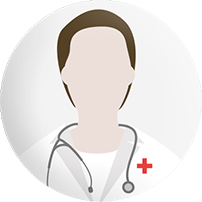VOLTAR
IMCAS World Congress 2022
IMCAS World Congress 2022
Programa
Adaptar ao meu fuso-horário a agenda da aula/congresso transmitida ao vivo
Fuso-horário de referência: (UTC+02:00) Europe, Paris
S189
Artificial Intelligence and robotics
Sala: Room 351 - Level 3
Data: domingo 5 junho 2022 de 08:30 às 10:00
Formato: FOCUS SESSION > lectures covering a major topic of the congress
Data: domingo 5 junho 2022 de 08:30 às 10:00
Formato: FOCUS SESSION > lectures covering a major topic of the congress
Apresentações desta sessão
| Horas | Palestrantes | Título da apresentação | Resumo | Número |
| 08:30 | How botulinum toxin affects non-verbal communication - A visualization using artificial intelligence | Visualizar | 112290 | |
| 08:42 | How AI-based photography enhances patient visits? (unrestricted educational grant from Quantificare) | 111364 | ||
| 08:54 | How big data and artificial intelligence can help better manage the COVID-19 pandemic | 112404 | ||
| 09:06 | IV supported treatment protocol using AI software - New era | 112766 | ||
| 09:18 | How can artificial intelligence influence our choice of treatment? | 114185 | ||
| 09:30 | Facial assessment with artificial intelligence - Introducing Caarisma and facial attractiveness index (FAI) (unrestricted educational grant from ICA Navigation) | Visualizar | 111365 | |
| 09:42 | Smart glasses and 3D holograms to disrupt the trainings in medical aesthetic industry | 111363 | ||
| 09:54 | Discussion and Q&A | 111366 | ||













